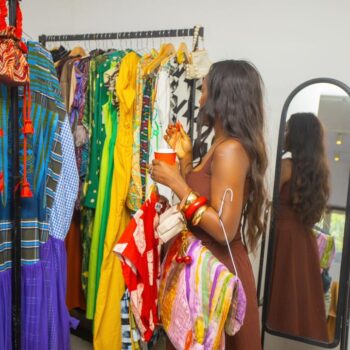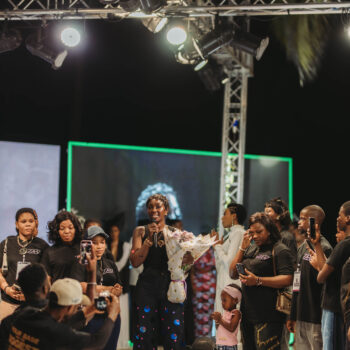I operated an African fashion brand for half a decade, and I can boldly tell you the streets are tough. But here’s my theory: to come out on top, African fashion brands must offer one-of-a-kind, top-notch garments at affordable mid-range prices. And they must do it profitably. In this piece, I will tell you why and how.
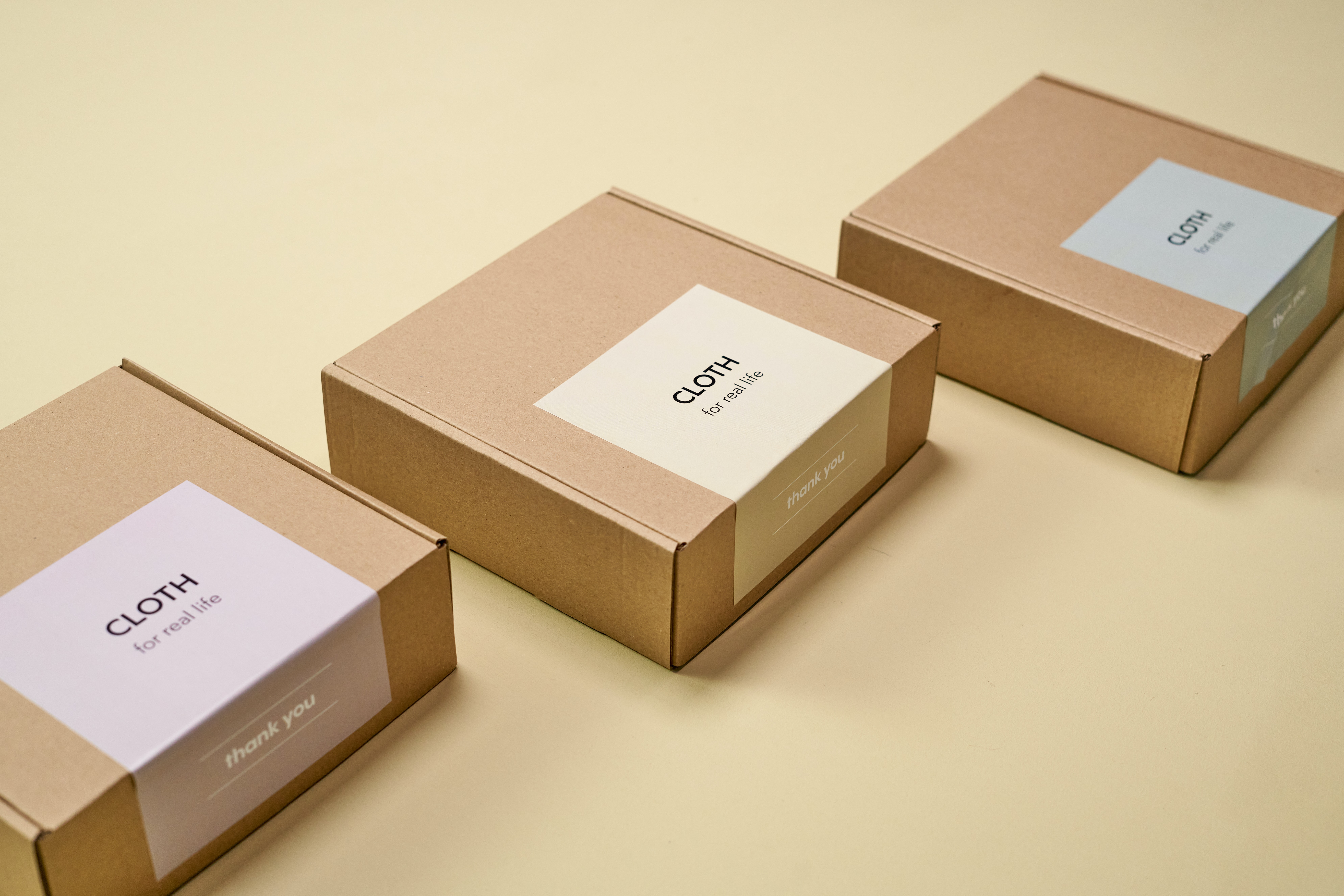
Your customers, whether foreign or domestic, always ask the same question: why should I buy from you instead of Zara, Mango, or some other local brand? To sell to domestic shoppers, you are in competition with local resellers of renowned brands like Zara, direct-to-consumer brands like Shein that ship to Africa, and upstart local brands. And for international shoppers, why bother ordering from Africa when they can stroll into any store and pick up something just as good? It is a difficult question that many African brands have struggled to answer. I grappled with it myself, which is why I eventually moved on.
Some brands choose to compete through price, certain that if they can just undercut Zara or the other brands, they’ll win. But that’s not the whole story. Sure, you might be able to sell something cheaper, but can you do it sustainably? Can your manufacturing economies of scale match up with the likes of Shein and Next?
Others believe that craftsmanship and design delivered at higher price points can be their advantage. While I agree that craftsmanship is a missing part of the puzzle, I worry that these premium-priced brands alienate a viable domestic market. How many Africans can consistently afford to spend $200 on a garment?
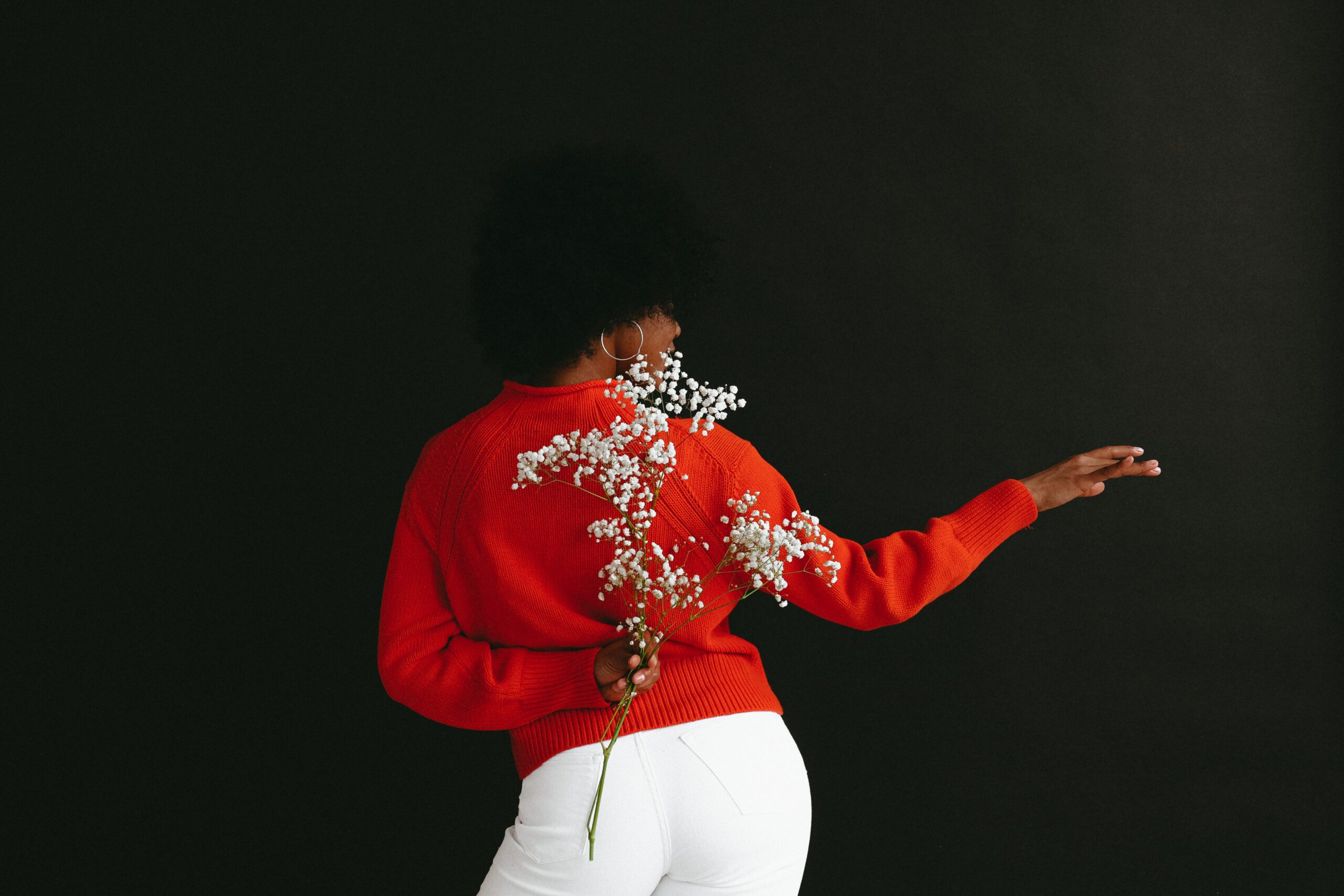
And therein lies the dilemma: how can we get the best of both worlds? How can African fashion brands sell unique and well-crafted apparel at a price point within reach for middle-class Africans? It’s a tricky balance, no doubt. But if brands can figure it out and find the sweet spot where they deliver something unique at a price people are willing to pay, they might have a chance to make it on these rough and tumble streets.
I’m always searching for brands that nail the sweet spot, and I was thrilled to discover Ako Africa: a brand that hits the N35k/$50 price point and boasts stunning, hand-printed art. Needless to say, I had to chat with Oyinkan ASAP!
Now let me run the numbers at the N35k/$50 price point: to pocket a 100% markup, your costs need to be under N17k. And if you want to rake in at least N3.5m in profit every month, you better sell 200 pieces. But here’s the kicker – how do you create a killer product, market it, AND keep costs under N17k? How can you keep up with production demands? It’s a tall order, but Ako has mastered the game by pulling all the right levers.
To understand how she does this, let me introduce you to what I call the Marble Game! Imagine three huge boxes, each a cost lever: pre-production, raw materials, and production. Inside each one, there are three smaller boxes with two marbles each. Pre-production holds the design, initial sample, and production sample. Raw materials have fabric, trims, and accessories, and production includes cutting, sewing, and finishing. The goal? To allocate 18 marbles among these nine boxes and make the highest profit.
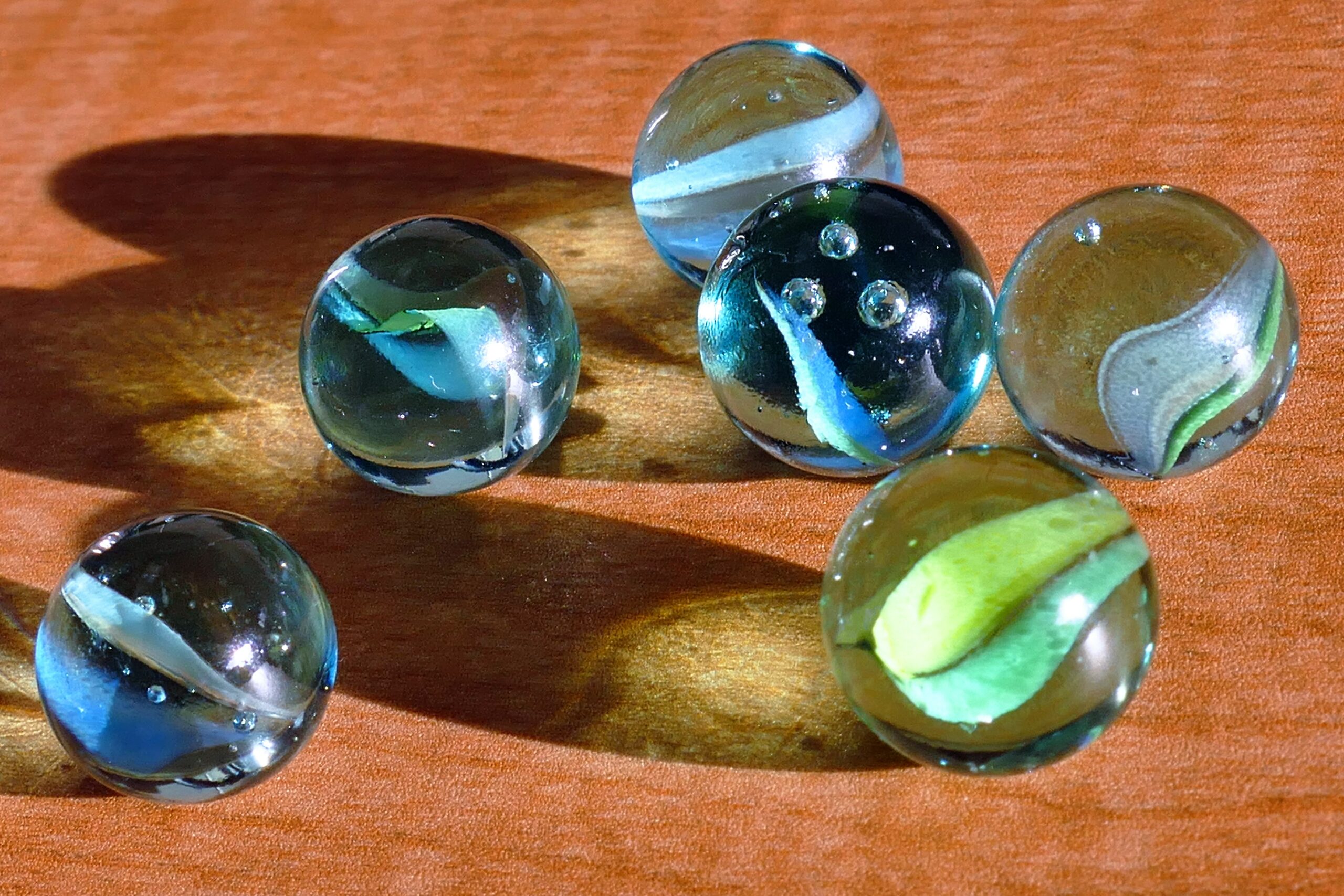
And that’s what Oyinkan did with Ako Africa’s hand-printed dashikis. She transfers marbles from five boxes: initial sample, fabric, accessories, cutting, and sewing to the trims and finishing boxes, i.e., she transfers the cost savings from the initial sample, fabric, accessories, cutting, and sewing processes to invest in the trims and finishing processes for the hand-printed art. So her costs remain the same but the value of the output increases. She achieves operational efficiency, i.e., the best quality at lower costs, and product leadership, i.e., a unique distinct product.
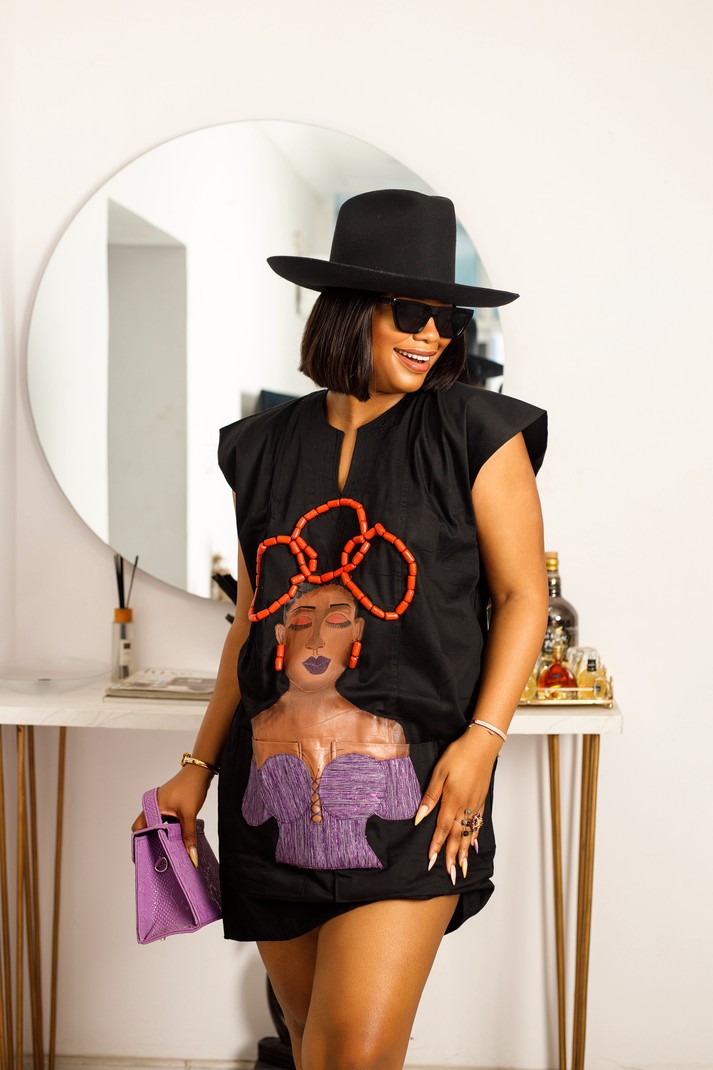
I’ll work you through the process step-by-step:
Design: Her base is always the same: dashiki. The only thing that changes is the art. So she saves time and money on tweaking the design and transfers the resources to create the art. She uses up her two marbles here.
Initial sample: Because her dashiki base is always the same, she has perfected the size and fit. So she skips this stage and has two free marbles.
Production sample: She uses her two marbles to sample new art on a dashiki.
Fabric: She uses the same easy-to-access fabric for all dashiki, which offers two benefits: she can stock them in bulk at favourable rates and quickly replenish her stock because she doesn’t need to worry about her supplier selling out. Because of lower costs, she has one free marble.
Accessories: Dashikis do not have accessories like zips, elastics, etc., so she has two free marbles.
Trims: Hand-printed art requires numerous trims like beads, sequins, etc., so her two marbles are insufficient. She’ll need to add marbles to this box.
Cutting: Dashikis are easy to cut and sew. It’s just the front, back, and pockets. Because cutting takes less time, she has one free marble.
Sewing: The simplicity of the styles saves sewing time and minimizes errors, so she has one free marble.
Finishing: Hand-printed art takes a lot of time and money, so her two marbles are insufficient. She’ll need to add marbles to this box.
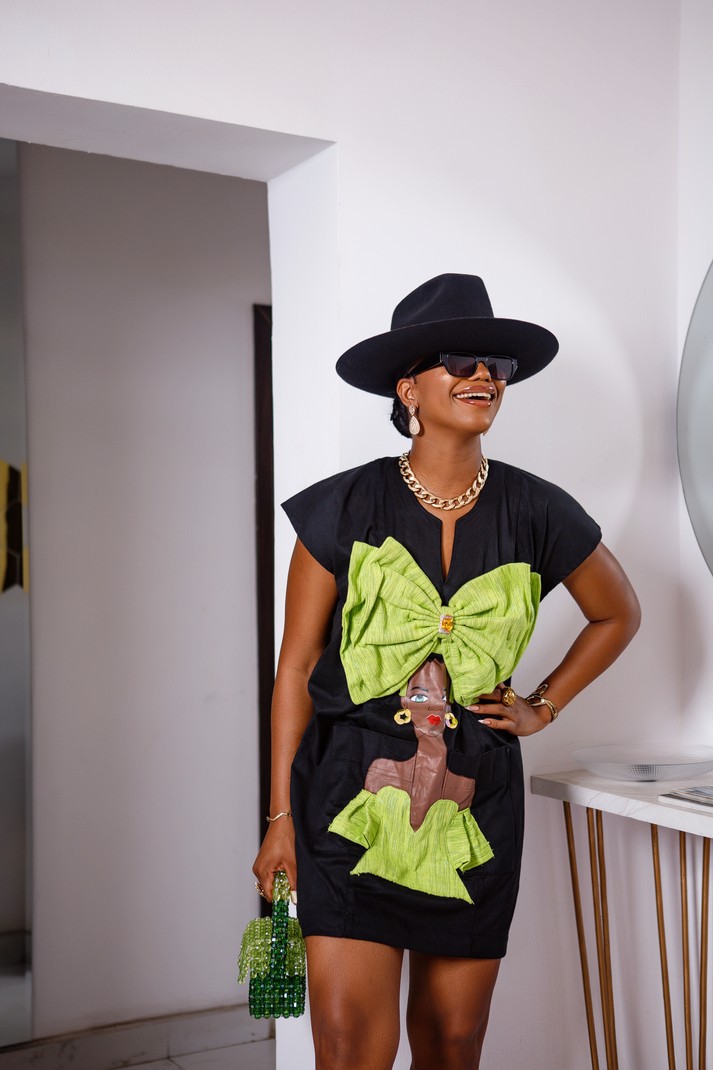
Oyinkan has seven free marbles, which she transfers to the trims and finishing boxes to deliver high-quality hand-printed art at a minimal cost. She achieves operational efficiency by saving costs, i.e., the seven free marbles, and product leadership by providing a unique product. And she wins the marble game for Ako Africa.
So what does this mean for you as a fashion business? Should you copy the exact creative identity of Ako Africa? Of course not. The foundational concept is what you need: find the combination of business decisions that maximizes the value you create for customers at pocket-friendly costs.
Where Ako has chosen simple silhouettes as a cost-efficiency tool, you may decide on a single fabric type. And where Ako has chosen art as a product differentiator, you may opt for innovative silhouettes. However, whatever you do, make customers an offer they cannot refuse: give them a reason to see your products differently and sell at prices that won’t make them overthink the purchase.

